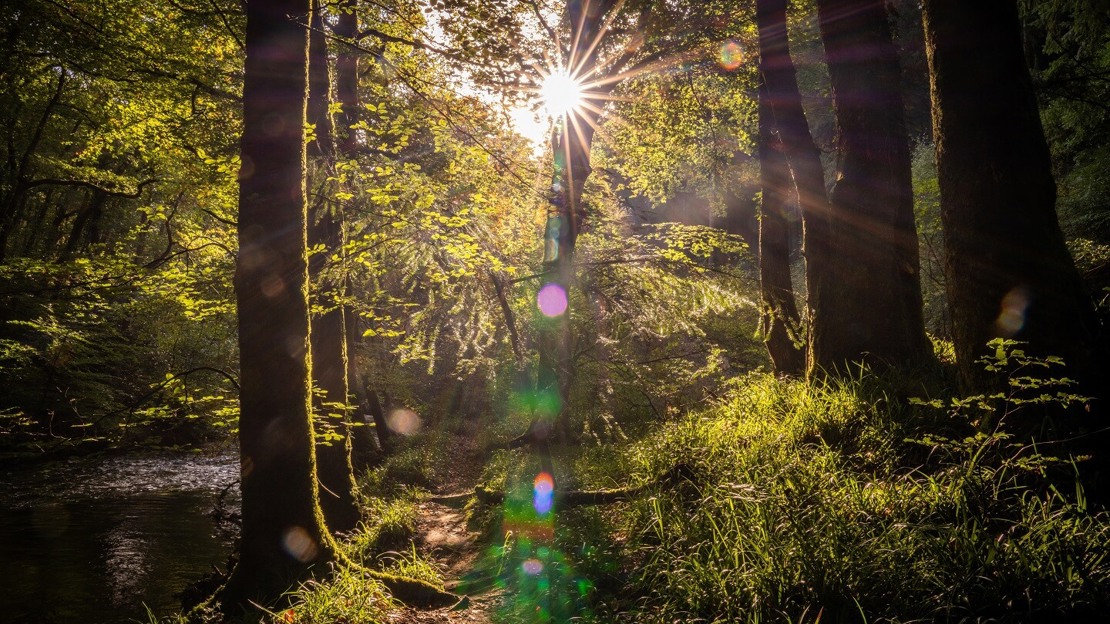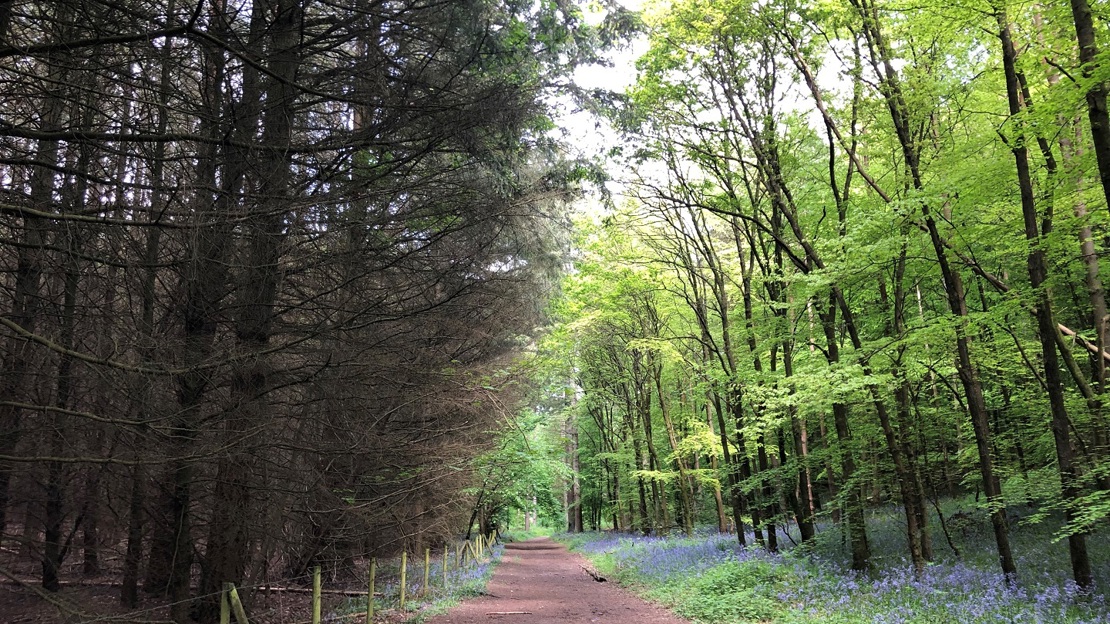
Tell your government to save our Forgotten Forests
Voice your support for an urgent rescue plan for our vanishing ancient woods.
Contact your minister
Author
The history of the UK’s wooded landscapes spans 12,000 years. Timber plantations have played an important role in our history, but now they pose a threat to the future of many of our ancient woods. Discover the pivotal role you can play in ensuring the story of these irreplaceable woodlands continues.
I wrote my recent book, Forgotten Forests, to increase awareness of the woodlands we have lost, and are at risk of losing. Coincidentally, this is the theme of the current Woodland Trust campaign, also titled Forgotten Forests! Many of these ancient woods have been felled and replaced by vast plantations of non-native conifer trees. Beneath these plantations lie our forgotten forests, the valuable remains of the woods they once were. And we have a golden opportunity to save them.

Wentwood, near Newport in South Wales, is a prime example of an ancient woodland in need of restoration. It once formed part of a much larger forest stretching between the Usk and Wye valleys. It may once even have reached to the Forest of Dean in Gloucestershire, several miles away. Pollen studies indicate that a mixed broadleaved forest stood here during the Roman period over 2,000 years ago, dominated by oak and hazel, with alder growing on wetter soils.
This wood survived because it was once a hunting preserve for nearby Chepstow Castle. In 1584, the ‘Speech Court of the Forest of Wentwood’ (a medieval law court) was established at the Foresters’ Oaks, two huge trees which sadly no longer exist. Another famous ancient tree, the Curley Oak, remains from a later phase of the woodland’s history, but is now surrounded by non-native conifers.
Small areas of conifer were planted here before 1760, some of the first non-native conifers planted in the UK. But it was the two World Wars and their need for timber that led to the felling of most of the remaining broadleaved trees. Vast areas were then replanted with more conifers to protect against future timber shortages. The result is an area now dominated by non-native trees that bears little resemblance to the woodland which naturally occurred at Wentwood.

Dense plantations of non-native evergreen trees mean a lack of light, tree variety and traditional management. Biodiversity plummets. But the remains of the ancient woodlands are still buried beneath the plantations. As the timber in thousands of plantations is now ripe for harvesting, this is our golden opportunity to save our forgotten forests before they're replanted with another timber crop. We do need timber plantations, but not located on the soils of ancient woodland.

The Woodland Trust bought 352ha of Wentwood in 2006, aiming to thin the conifers and restore the ancient woodland ecosystem hidden below them. Aside from a small section in private ownership, Natural Resources Wales owns the rest of this vast woodland and is making efforts to restore that to native broadleaved woodland too.
Human intervention has caused many significant changes to Wentwood's structure and composition over the last 2,000 years. How should we restore its native woodland in light of climate change? Should we bring back the woodland the Romans knew, or the managed oak–hazel–ash wood of the early Middle Ages? Or the wood pastures, coppice, and hunting reserves that Wentwood later became? Whatever your view, one thing is clear: ancient woods like Wentwood should no longer remain as conifer plantations.
Like 40% of the UK’s ancient woodland, commercial planting of conifers has destroyed Wentwood’s original woodland cover. The remnants of the original woodland can’t survive much longer under the dark canopy of conifers. Now under restoration, Wentwood has a healthier future ahead, but without intervention, the long history of other ancient woodlands like it could end here, on our watch. It’s not too late to save them.
For thousands of years, ancient woods have supported us. We can’t lose them now. This year marks the beginning of a critical chapter when many plantations are ready to fell and harvest, making restoration more possible – and more needed – than ever before. We must manage these woods for people, wildlife and climate, not just for timber. Join us in calling on Government to rescue these plantation-damaged woodlands before it’s too late. Please contact your minister and help rescue these forgotten forests today.

Voice your support for an urgent rescue plan for our vanishing ancient woods.
Contact your minister